Implant Types most Recommended by Implant Dentists
There are various types of implants that are commonly recommended by implant dentists. Each type of implant will be discussed in terms of its composition, application, benefits, and suitability for different situations or patient needs. Understanding the distinctions between implant types can help guide patient decisions and enhance the outcomes of dental treatments. Dental implants serve as a popular and effective solution for those seeking to replace missing teeth, restoring functionality and aesthetics. As depicted in this comprehensive guide, numerous factors, including the specific needs of patients and technological advancements, influence the choice of implant.
1. Endosteal Implants
Commonly made of titanium, they are favored for their durability and biocompatibility. Their root-like structure, surgically inserted into the jawbone, serves as a strong foundation for replacement teeth. Titanium's compatibility with the human body makes these implants highly suitable for older patients with missing teeth. According to NCHstats, titanium implants dominate the market (93%) due to their strength and adaptability. The success of endosteal implants lies in their ability to integrate seamlessly with the bone, creating a stable and long-lasting support for prosthetic teeth.
Endosteal implants are widely used in cases where patients have adequate bone density. They are typically chosen when there is a need to replace a single tooth, multiple teeth, or support a full denture. Implant dentists prefer these for their versatility and ability to closely mimic the function of natural teeth. Patients benefit from improved chewing efficiency and enhanced appearance, making endosteal implants a common choice in restorative dentistry. This type of implant is particularly recommended for patients whose jawbone condition is healthy enough to support the titanium post.
The process of placing an endosteal implant begins with a thorough examination and imaging of the jawbone. The implant procedure is typically performed under local anesthesia, ensuring patient comfort. The surgical phase involves inserting the titanium post into the jawbone, followed by a healing period to allow osseointegration. Once healed, an abutment is attached to support a dental crown or prosthetic. Follow-up visits are crucial to monitor the implant and ensure the continuing health of surrounding tissues.
2. Subperiosteal Implants
These differ from endosteal implants in design and application. These implants rest on top of the jawbone instead of being inserted into it. Constructed typically from a metal framework, subperiosteal implants support artificial teeth through a gum-based attachment. This design accommodates patients with minimal bone height or those who are not candidates for traditional implants. The simplicity of their structure can offer numerous advantages for specific dental challenges.
Subperiosteal implants are often chosen when bone loss precludes the use of standard endosteal implants. They are most suitable for patients unable to undergo invasive bone grafting procedures needed for other implant types. Their applications extend to cases requiring less extensive surgical intervention. Subperiosteal implants cater to providing stability for dentures in patients with little bone available for anchoring. Here, structural considerations dictate their preferred use.
Placement of subperiosteal implants involves taking a detailed impression of the bone to custom-fit the metal framework. Under local anesthesia, the framework is positioned directly on the bone under the gum. Over time, the gums heal around the implant, securing it into place. Subperiosteal implants may require fewer follow-up visits due to their less invasive nature. This process provides an alternative for those unable to support endosteal implants.
3. Zygomatic Implants
These implants employ elongated, robust titanium appliances, offering anchoring through the zygomatic bone rather than the jawbone. They come into play particularly when the upper jaw cannot support regular implants due to atrophy. Their specialized design provides a unique solution for patients who struggle to accommodate conventional implants. Made from the biocompatible industry standard—titanium—they effectively resist corrosion and embed securely into bone tissue. The geometry of these implants allows for broader application in complex surgical scenarios.
Zygomatic implants are prescribed in severe cases of upper jawbone loss. They serve as a pivotal solution when conventional methods are not viable, particularly in maxillary atrophy cases. Patients with extensive bone loss or who require reconstructive support are also candidates. These implants secure full-arch prosthetics securely, changing the traditional approach to maxillary rehabilitation. Over the years, zygomatic implants have opened new avenues for patients previously considered unsuitable for regular implants.
The procedure for zygomatic implants demands skilled professionals, given its intricacy. It starts with advanced imaging techniques, followed by precise drilling into the zygomatic bone to place the implant. Recovery can be swift, though it necessitates careful post-operative attention. These implants may be immediately loaded due to the dense bone structure of the zygomatic arch, reducing treatment duration. An important aspect involves monitoring during healing to tackle any complications.
4. All-on-4 Implants
All-on-4 implants, constructed mainly of titanium, utilize a strategic placement of four implants per arch. This innovative design supports an entire arch of prosthetic teeth and optimizes function through angled implant positioning. The system capitalizes on the strength and biocompatibility of titanium, ensuring stability over time. With enhanced technology, the All-on-4 approach minimizes the invasiveness while maximizing results. For patients seeking significant restoration, it offers a robust option harnessing advanced dental science.
All-on-4 is predominantly recommended for those with significant tooth loss seeking full-arch rehabilitation. The strategic implant positioning allows patients with minimal bone volume to circumvent bone grafting. It's an effective restoration strategy for edentulous patients seeking a fixed, non-removable dental solution. Often chosen for its efficiency and reduced recovery time, it addresses functional and aesthetic needs with unmatched efficacy. The system presents individuals with an immediate improvement in dental stability and smile restoration.
The All-on-4 procedure encompasses precise imaging techniques to plan implant placement. Under local anesthesia, four implants are strategically inserted into each jaw, emphasizing areas with sufficient bone density. Prosthetic teeth are typically placed immediately, owing to the stability offered by the angled implants. The procedure significantly cuts down treatment time compared to traditional methods, providing faster results. Close monitoring after surgery ensures the long-term success of the implants.
5. Mini Implants
The mini implants are smaller in diameter than conventional implants, primarily designed from titanium for their biocompatibility. Their slender design facilitates placement in areas where space or bone volume is limited. Mini implants cater to specific dental situations, providing less invasive alternatives to standard implants. These implants often serve to stabilize dentures and support temporary prosthetic solutions. They continue to be an integral part of modern implant dentistry, addressing unique dental challenges efficiently.
Mini implants are often utilized in cases where space or bone is insufficient for traditional implants. They are commonly employed to stabilize lower dentures or support temporary bridges. Patients with narrow bone ridges particularly benefit from mini implants. They also present a viable solution for individuals seeking minor repairs or enhancements without extensive surgery. Given their specific design, these implants hold a niche role within restorative dental treatments.
The insertion of mini implants is less invasive, often requiring only local anesthesia. The procedure involves strategic placement, taking advantage of their smaller size to fit confined spaces. Minimal surgical intervention typically translates to shorter recovery periods and less post-operative discomfort. Follow-up care involves ensuring proper integration and functionality with the patient’s prosthetics. Mini implants remain a valuable option within comprehensive dental care.
Implant dentists consider a variety of factors when recommending a type of implant, weighing the individual needs of patients against the strengths and limitations of each implant type. This guide has outlined the most recommended implants, offering insights into their applications and suitability, to aid in informed decision-making for both patients and practitioners alike. Understanding these distinctions allows for tailored dental care, ensuring optimal tooth restoration solutions. Beyond material and procedural considerations, patient preferences and lifestyle play a pivotal role. By comprehending these dynamics, the path to effective dental restoration becomes accessible and achievable. For more information about the services that we offer, reach out to our incredible team at Cascade Dental Implants today!



Share On: